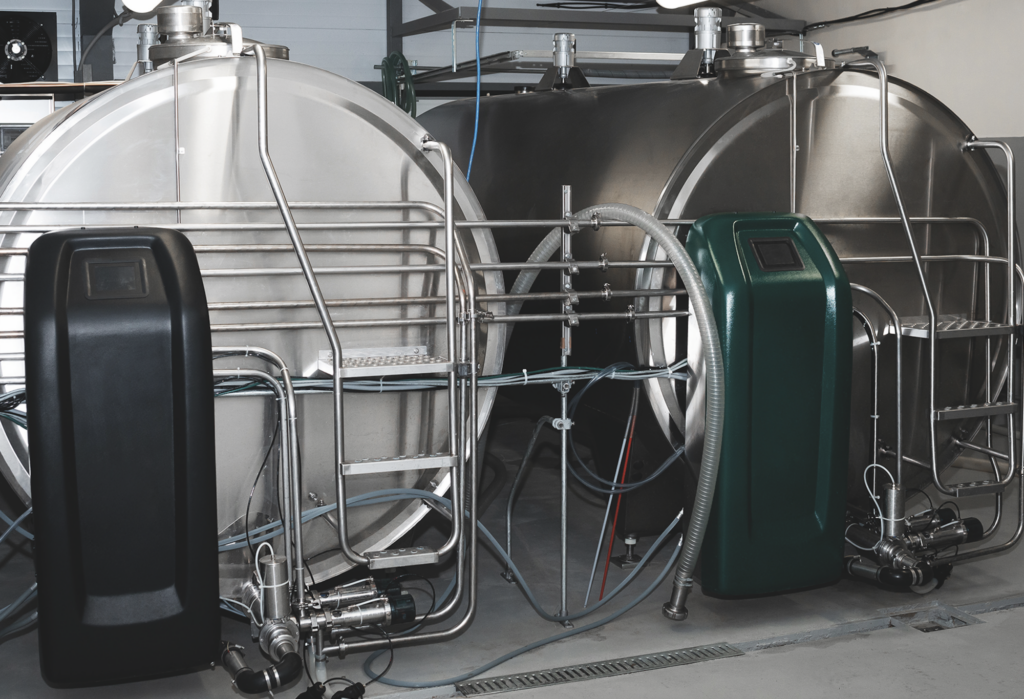The importance of cleaning your milking machine
2nd August 2021
If problems occur with the wash-up routine in your dairy parlour, milk films will build up in the plant, providing nutrients for bacteria which can then multiply, increasing total bacteria

If problems occur with the wash-up routine in your dairy parlour, milk films will build up in the plant, providing nutrients for bacteria which can then multiply, increasing total bacteria count or bactoscan. Evans Vanodine explain the importance of cleaning your milking machine and offers a step-by-step guide to implementing an efficient routine.
The milking system should be cleaned immediately after milking while the plant is warm and before milk deposits start to form on pipes. Circulation cleaning with high alkaline, low foam chemicals, is the most common method for cleaning plants and has three cycles: rinse, wash, disinfect.
Rinse: Warm water at 38–43°C should be rinsed through the milking system and run to waste immediately after milking. Under no circumstances should a cold-water rinse be used. After this cycle, shut off wash line valves to prevent large volumes of air being sucked into the system, which can cool down the plant before the hot wash. This cycle should remove 90–95 per cent of all milk residue, with the remainder removed during the main wash cycle.
Wash: This cycle relies on an alkaline detergent solution to remove butterfat. Chlorine is normally incorporated into the detergent to help remove protein, such as with Evans Vanorinse, but in this form has no disinfectant property. Chlorine-free detergents are becoming more popular, like Evans CIP Liquid. Wash up solutions are very sensitive to temperature and generally their cleaning power doubles for each 10°C increase up to a maximum of 71°C. Once they exceed this temperature, they tend to become unstable, and hence less effective. There are a few specialty detergent solutions designed to be circulated in cold water, including Evans Coldwash.
Detergent solutions must be used at the correct concentration; too weak and it will be ineffective, too strong and it will be wasteful and may even corrode the stainless steel or rubberwear in the plant. Hot water is run into the plant and as it travels around it heats up the pipes and vessels. Only then should the correct amount of detergent solution be mixed into the circulating hot water.
Disinfection: A final disinfectant rinse will reduce the number of bacteria in the plant and help maintain milk quality. Peracetic Acid (PAA) is the most commonly used (e.g. Evans Peradox). This solution may be circulated and then dumped to waste at the end of the wash-up routine, or, left in the plant until the next milking when it will have to be drained from the plant before milking.
For further information, visit the Evans Vanodine website, or download its Dairy Hygiene brochure.

